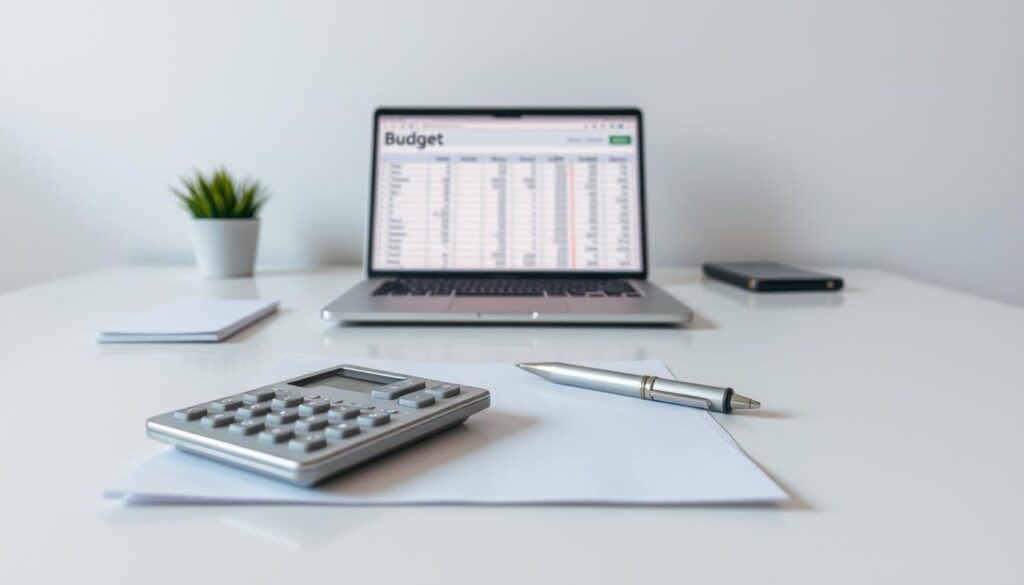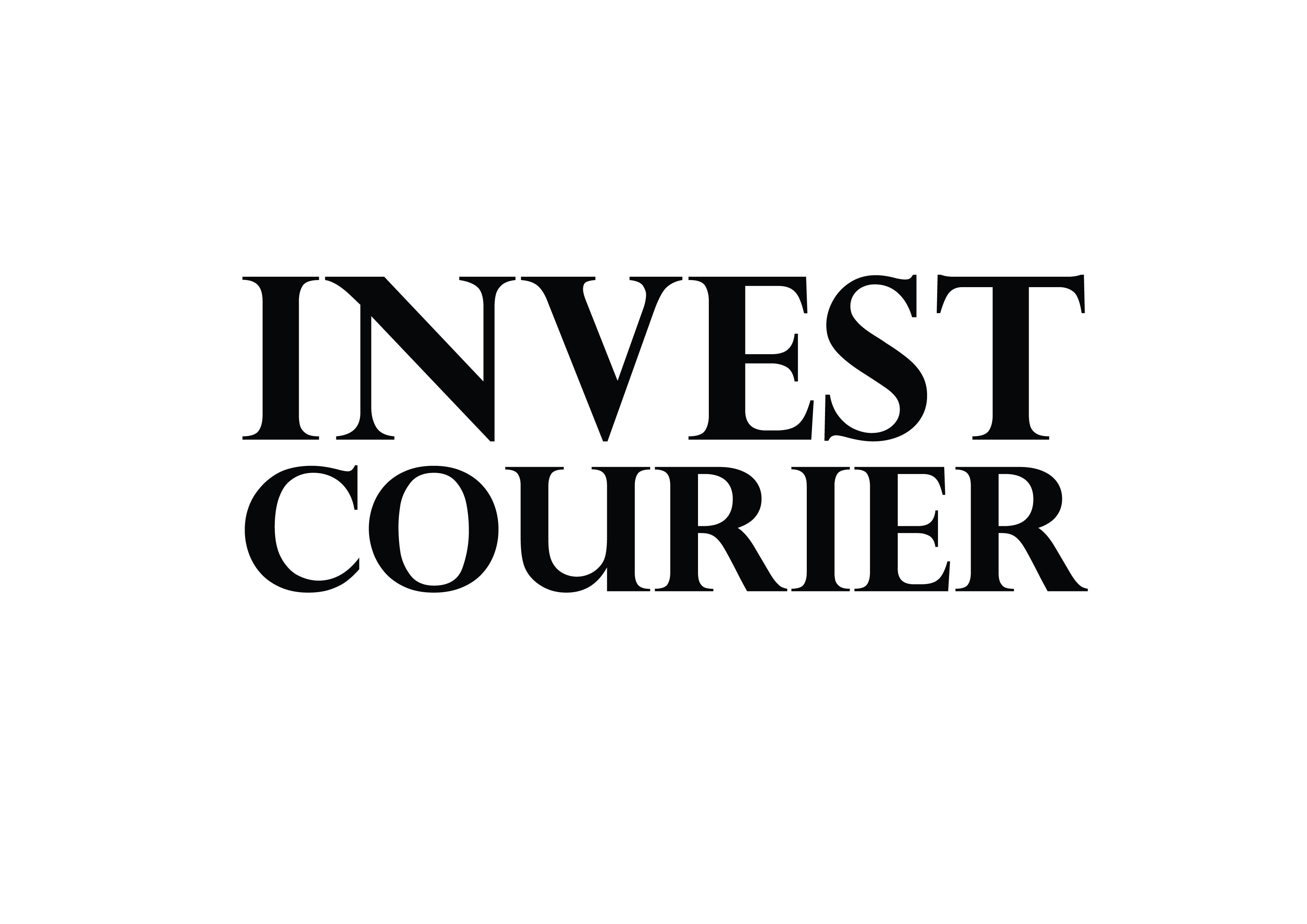Creating a budget plan is key to financial stability and freedom. It means making a budget that fits your life. First, you need to understand why planning your finances is important. By using smart budgeting, you can manage your money better, pay off debt, and save for the future. For help, check out financial planning resources.
Introduction to Budgeting
A budget plan is made just for you, based on your financial goals. You need to know your income and expenses well. This way, you can make smart money choices and reach your goals. With a budget, you can manage your money better and gain financial freedom.
Key Takeaways
- Creating a budget plan is vital for financial stability and freedom.
- Knowing how to plan your finances is key to a good budget.
- Your budget should match your needs and goals.
- Good financial planning leads to better money decisions.
- A solid budget helps you meet both short-term and long-term goals.
- Using a budget can help you pay off debt and save more.
Understanding the Importance of a Budget Plan
Creating a budget plan is key to financial stability. It means being responsible with money, setting achievable goals, and keeping track of spending. This way, people can find ways to spend less on things they don’t need and use their money better.
Tracking expenses helps people make smart choices about spending. It guides them and keeps them motivated. By setting goals and tracking their spending, people can stay on track to reach their financial dreams.
- Reduced financial stress
- Increased savings
- Improved money management skills
Following these steps and sticking to expense tracking and money management helps set and reach financial goals. This builds good habits and moves people closer to financial freedom.
Assessing Current Financial Situation
To make a budget plan that fits you, you need to know your finances. This means looking at how much you make and spend. Budgeting tools help you sort out your spending and find ways to save. They guide you in planning your investments wisely.
When checking your finances, focus on a few important things:
- Income: Add up all your monthly earnings.
- Fixed expenses: List must-haves like rent, bills, and food.
- Variable expenses: Note what you spend on fun and hobbies.
Understanding these areas helps you manage your money better. Good budgeting tools make it easier. Don’t forget to think about saving and investing for the future.
Knowing your finances well lets you craft a budget that meets your needs. This way, you can use your money wisely, stay financially stable, and plan for the future.
| Category | Income | Fixed Expenses | Variable Expenses |
|---|---|---|---|
| Monthly | $4,000 | $1,500 | $1,000 |
| Annual | $48,000 | $18,000 | $12,000 |
Defining Financial Goals
Setting financial goals is key to making a budget plan that works for you. It helps you know where to put your money. Whether you want to pay off debt, save more, or invest for the future, a good budget supports your financial goals. For more on investing, check out financial planning resources that offer detailed guides.
It’s important to think about both short-term and long-term goals. Short-term goals might be paying off debt or building an emergency fund. Long-term goals could be saving for a house or retirement. Prioritizing objectives helps make sure you’re using your money wisely. This means figuring out which goals are most important and urgent.
Short-term Goals
Short-term goals are things you can do in a year or less. Examples include:
- Paying off credit card debt
- Building an emergency fund
- Saving for a vacation
To reach these goals, you need budgeting strategies that cut down on spending and direct money towards your goals.
Long-term Goals
Long-term goals take longer to reach and need consistent effort. Examples include:
- Saving for a house
- Retirement planning
- Investing in a college fund
Reaching long-term goals needs a solid financial goals plan. This plan must consider things like inflation, interest rates, and market changes.
Prioritizing Objectives
It’s crucial to prioritize your goals to use your resources well. This means figuring out which goals are most important and urgent. By doing this, you can make a budget that supports your prioritizing objectives and helps you reach your financial goals.
| Goal | Timeframe | Resources Required |
|---|---|---|
| Short-term goals | Less than 1 year | Reduced expenses, allocated funds |
| Long-term goals | More than 1 year | Sustained effort, planned financial strategy |
Categorizing Expenses
![]()
Effective expense tracking is key for a personalized budget. It’s about knowing fixed and variable costs and what you spend on wants. This helps you focus on what’s important, save money, and reach your financial targets.
For example, the 50/30/20 rule is a good starting point. It suggests using 50% for needs, 30% for wants, and 20% for savings and debt. This rule can guide your financial planning.
As the recession planning guide points out, sorting expenses into must-haves and nice-to-haves is essential. Start by listing your monthly costs. Include fixed items like rent and utilities, and variable ones like food and fun.
Some important categories to think about are:
- Fixed expenses: rent, utilities, car payment
- Variable expenses: groceries, entertainment, travel
- Discretionary spending: hobbies, luxury items, dining out
By knowing these categories and tracking your spending, you can move closer to your financial goals. This careful financial planning leads to long-term stability.
Choosing a Budgeting Method
Choosing the right budgeting method is key to managing your finances well. Different budgeting methods fit different lifestyles and financial needs. It’s important to look at the options available. Two popular ones are zero-based budgeting and the 50/30/20 rule.
The zero-based budgeting method means every dollar goes to a specific expense or savings goal. The 50/30/20 rule suggests using 50% for necessities, 30% for fun, and 20% for savings and debt. The envelope system is another way to manage money by using labeled envelopes for different expenses.
Here are some key points to consider when choosing a budgeting method:
- Assess your financial situation and goals
- Consider your lifestyle and spending habits
- Explore different budgeting methods and their advantages
By picking the rightbudgeting method, you can make a budget that fits your life. It helps you reach financial stability.
| Budgeting Method | Description |
|---|---|
| Zero-Based Budgeting | Allocate every dollar towards a specific expense or savings goal |
| 50/30/20 Rule | Allocate 50% of income towards necessities, 30% towards discretionary spending, and 20% towards saving and debt repayment |
| Envelope System | Categorize expenses and allocate funds into labeled envelopes |
Creating the Budget Plan

Now that you know your income and expenses, it’s time to make a budget plan. This plan should list your income and expenses. It also needs to be flexible for unexpected costs or changes in income.
A good budget plan is key for smart money management. It helps you focus on what’s important and reach your financial goals. Using budgeting tools like spreadsheets or apps makes tracking your money easy. This way, you can spot where to save and adjust your spending.
When making a budget, consider these points:
- Set realistic financial goals
- Focus on must-haves like rent, utilities, and food
- Save for fun activities and hobbies
- Have an emergency fund for surprises
By following these tips and using the right budgeting tools, you can make a budget that works for you. It should be realistic and flexible. This will help you reach your financial planning goals and move towards financial freedom.
Remember, being flexible with your budget is crucial. Life is full of surprises, and you’ll face unexpected costs. By adding a buffer to your budget and regularly checking it, you can stay on track with your financial planning goals.
| Category | Budget Allocation |
|---|---|
| Essential Expenses | 50-60% |
| Discretionary Spending | 10-20% |
| Savings and Emergency Fund | 10-20% |
Monitoring Budget Progress
Creating a budget plan is just the start to financial freedom. To keep on track, it’s key to regularly check your budget. This means regular check-ins to look at income, expenses, and savings. It helps spot where you can tweak your spending to meet your financial goals.
Regular check-ins are vital for monitoring budget progress. You can do this weekly, monthly, or every three months, based on what works for you. During these sessions, it’s important to review your budget and tweak it if needed. This might mean adjusting budget parts to reflect changes in your income or spending.
Some important things to check during these regular meetings include:
- Tracking income and expenses
- Reviewing savings progress
- Identifying areas for improvement
- Making adjustments to the budget as needed
By focusing on monitoring budget progress and adjusting as needed, you can keep moving towards your financial goals.
| Frequency | Actions |
|---|---|
| Weekly | Review daily expenses, track income |
| Monthly | Review budget, make adjustments as needed |
| Quarterly | Review savings progress, adjust budget allocations |
Overcoming Common Budgeting Challenges
Creating a budget is a big step towards financial stability. But, it comes with its own set of challenges. Two major ones are impulse buys and unexpected costs. These can easily throw off even the best budget plans.
To tackle these issues, a few strategies can help. For example, waiting 30 days before buying non-essential items can curb impulse purchases. Also, having an emergency fund can act as a safety net for sudden expenses. This helps keep your budget on track.
Strategies for Success
- Implement a 30-day waiting period for non-essential purchases to reduce impulse purchases
- Build an emergency fund to cover unexpected expenses
- Regularly review and adjust the budget to ensure it’s working effectively
With these strategies, you can beat common budgeting hurdles and reach your financial goals. It’s about being ready for anything, whether it’s an unexpected bill or the urge to make an impulse buy. With the right approach and tools, anyone can conquer budgeting challenges and gain financial freedom.
Beating budgeting challenges like impulse buys and unexpected costs is key to a successful budget. Understanding these challenges and having strategies ready helps you stay on track with your financial goals.
Tips for Sticking to a Budget
Sticking to a budget needs discipline, patience, and smart strategies. To do well, it’s key to build good habits. This means tracking your spending and avoiding buying things on impulse. It keeps you on track and helps you reach your financial goals.
Having accountability partners can really help. They could be your spouse, a friend, or a financial advisor. They offer support and motivation as you stick to your budget. With the right mindset and these strategies, you can beat budgeting challenges and reach your money goals.
Effective Budgeting Strategies
- Regularly review and adjust the budget to ensure it is working effectively
- Set realistic financial goals and prioritize them
- Use budgeting tools, such as spreadsheets or apps, to track expenses and stay organized
By following these tips and sticking to a budget, you can manage your money better. Remember, budgeting is a journey. It takes time to build good habits and find the right accountability partners. But with dedication and the right plan, you can make a budget that works for you and reach your financial dreams.
Conclusion: The Path to Financial Freedom
The path to financial freedom is about discipline, patience, and smart budgeting. By following the steps in this article, people can reach financial stability. They can also reduce debt and build wealth over time. It’s important to celebrate milestones, like paying off debt or reaching financial goals, to stay motivated.
The benefits of budgeting are many, including financial security and the chance to follow your dreams. With the right tools and mindset, anyone can start their journey to financial freedom. Remember, the journey is personal, but the rewards of good financial management are for everyone.
FAQ
What are the key benefits of starting an online tutoring business?
Starting an online tutoring business offers many benefits. You get flexibility and can earn more. You also reach more students and work from home. It’s a great way to share your knowledge and help students learn.
How can I effectively market my online tutoring services?
To market your online tutoring, use several strategies. Create a professional website and use social media. Network and partner with schools or online platforms. Show off your skills and teaching style to attract students.
What are some effective pricing strategies for online tutoring?
When pricing your tutoring, think about your expertise and the subject. Consider session length and market demand. Offer deals, tiered pricing, and competitive rates to stand out.
How can I ensure the quality and effectiveness of my online tutoring sessions?
To improve your tutoring sessions, focus on engaging and personalized teaching. Use interactive tools and communicate well with students. Seek feedback to get better. Stay updated with education trends and tailor your teaching to each student.
What are some tips for managing and scaling an online tutoring business?
To grow your tutoring business, hire and train a team. Use online tools for scheduling and payments. Create valuable resources and explore new subjects or markets. Keep improving your operations and marketing to reach more students.


